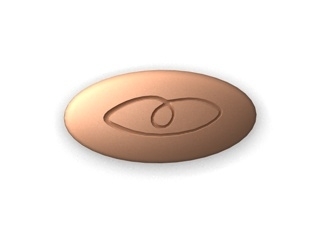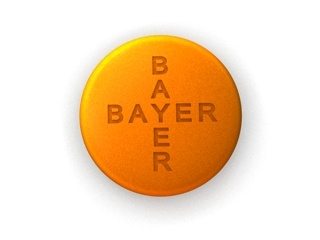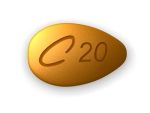Monkeypox
Mpox, also known as monkeypox, is a viral disease caused by the monkeypox virus, which belongs to the genus Orthopoxvirus of the family Poxviridae. This virus is related to smallpox, but causes a less severe disease.
Main characteristics of the mpox virus
- Transmission: The virus can be transmitted from animals to humans (zoonosis) and between humans. Transmission occurs through close physical contact with an infected person, animal, or materials contaminated with the virus (e.g., bedding, clothing). Rodents and primates are considered the main sources of infection among animals.
- Symptoms: Initial symptoms include fever, headache, muscle aches, and fatigue. A few days after the onset of fever, a rash appears that goes through several stages: macules, papules, vesicles, pustules, then crusts. The rash often begins on the face and spreads to other parts of the body, including the palms and soles.
- Disease severity: Most cases are mild to moderate and resolve on their own. However, some patients, especially those with weakened immune systems, may develop complications.
- Distribution: The mpox virus was first identified in laboratory monkeys in 1958, but the main reservoir of infection is wild animals in Africa. Cases are most often reported in Central and West Africa, but outbreaks have occurred in other parts of the world.
- Treatment and prevention: There is no specific treatment for the mpox virus, but antiviral drugs such as tecovirimat can be used. Smallpox vaccination also provides partial protection against mpox.
Mpox is an important public health problem, especially in areas where outbreaks occur.
Monkeypox clade I virus is one of the genetic variants of the virus and is considered more virulent than other clades, such as clade II. This variant of the virus causes more severe disease and a higher mortality rate, particularly in children and immunocompromised individuals.
This variant of the virus is associated with severe symptoms such as fever, generalized rash, lymphadenopathy, and possible complications, including secondary infections.
The situation in Africa is particularly concerning due to limited access to medical resources and testing, making it difficult to control the spread of infection. The spread of clade I is of concern because it is more severely transmitted and cases have recently started to appear outside Africa, such as in Sweden, suggesting the possibility of increased global spread.
The first signs of monkeypox
Fever: This is often the first symptom, usually appearing 5 to 21 days after exposure to the virus. The fever is usually high and is accompanied by a general feeling of being unwell.
Headache: The onset of the disease is often accompanied by a severe headache.
Muscle aches: Muscle and back pain are also common symptoms.
Swollen lymph nodes: One of the main signs that distinguishes monkeypox from other similar diseases, such as chickenpox. Lymph nodes may swell in the neck, armpits, or groin.
Rash: About 1 to 3 days after the fever starts, a rash appears. It usually starts on the face and then spreads to other parts of the body, including the palms of the hands and soles of the feet. The rash progresses through several stages, from spots to blisters and scabs.
The progression of monkeypox can differ between children and adults in several ways:
Severity of illness:
- Children: Children are often more seriously ill than adults, especially infants and young children, because of their weaker immune systems and increased risk of complications.
- Adults: Adults usually have milder illness, although those with weakened immune systems may have more severe illness.
Symptoms and severity:
- Children: Children tend to have a higher fever, headache, muscle aches, and swollen lymph nodes. The rash in children is often more widespread and may be more painful.
- Adults: Adults may have milder symptoms and recover more quickly.
Complications:
- Children: Children are at higher risk of complications such as dehydration from vomiting and diarrhea, as well as serious secondary bacterial skin infections.
- Adults: Adults are at lower risk of complications, but in people who are immunocompromised or in other vulnerable groups, complications can be serious.
Immune response:
- Children: Children’s immune systems are still developing, which can slow the response to infection and increase the duration and severity of illness.
- Adults: Adults, especially those who have been vaccinated against smallpox, may have partial immunity, which helps reduce the severity and duration of illness.
Antiviral drugs are approved for the treatment of monkeypox
Tecovirimat (TPOXX, also known as ST-246): This drug has been approved by the FDA for the treatment of monkeypox. It inhibits a viral protein needed to form the outer shell of the virus, preventing its replication.
Cidofovir: This antiviral drug is used to treat various DNA viral infections, including monkeypox. Cidofovir works by inhibiting viral DNA polymerase, preventing the virus from replicating.
Brincidofovir (BCV): A newer analogue of cidofovir that has also been shown to be effective against monkeypox virus. Its advantages include a lower risk of nephrotoxicity compared to cidofovir.
These drugs are used depending on the clinical situation and severity of the disease.













